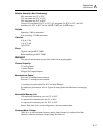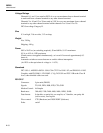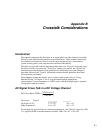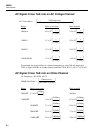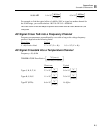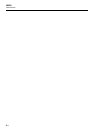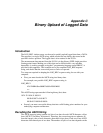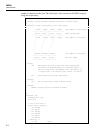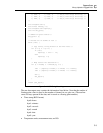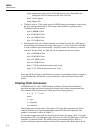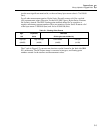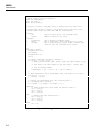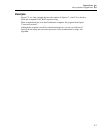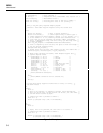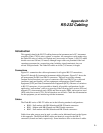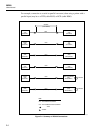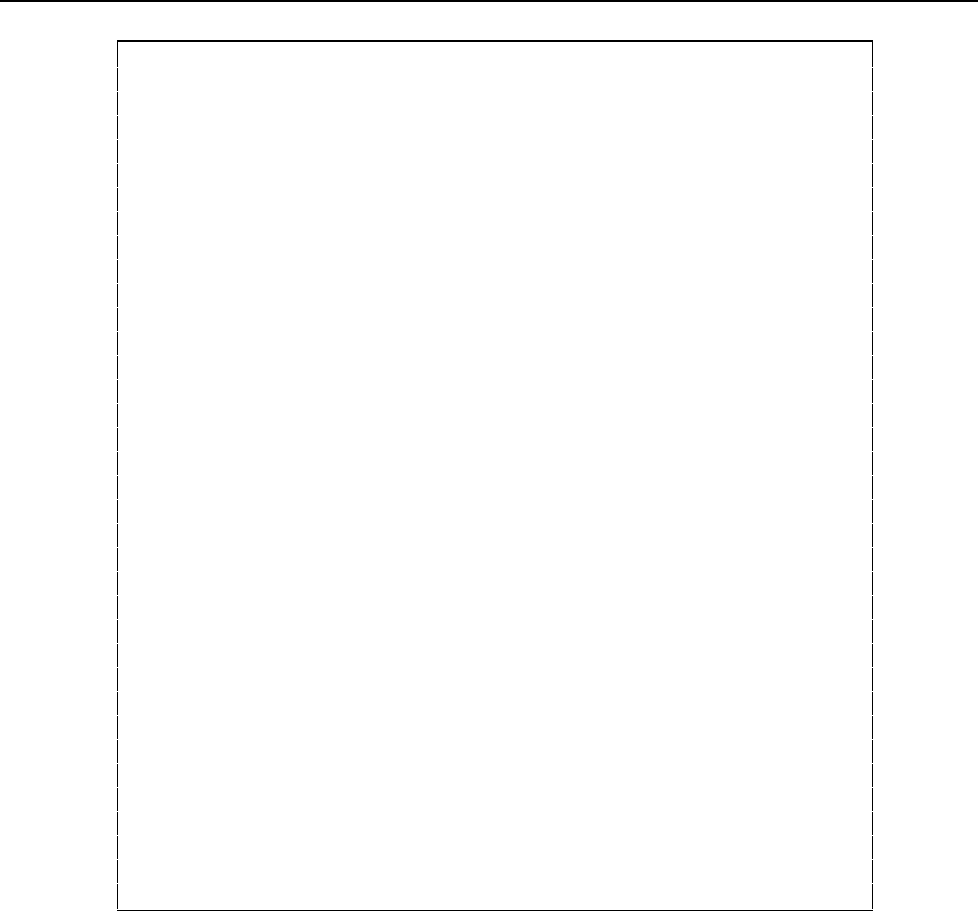
Appendices
Binary Upload of Logged Data
C
C-3
0, 0x3f, 2, 1, 0x30, 4, /* dst[0] from src[0] and src[1] */
1, 0x0f, 4, 2, 0x3c, 2, /* dst[1] from src[1] and src[2] */
2, 0x03, 6, 3, 0x3f, 0, /* dst[2] from src[2] and src[3] */
};
auto unsigned char n;
auto struct nibtab_s *t;
auto unsigned char tmpsrc[4];
auto int dst_bytes;
/* Number of bytes created */
dst_bytes = 0;
/* Process src in chunks of four */
while (*src) {
/* Copy source, filing "holes" at end with zeros */
for (n = 0; n < 4; n++) {
if (*src)
tmpsrc[n] = *src++ - ’0’;
else
tmpsrc[n] = 0;
}
/* Mung source into destination */
for (t = nibtab; t < &nibtab[3]; t++) {
*dst = (tmpsrc[t->lindex] & t->lmask) << t->lshift;
*dst |= (tmpsrc[t->rindex] & t->rmask) >> t->rshift;
dst++;
dst_bytes++;
}
}
return (dst_bytes);
}
Figure C-1. ASCII String Decoding
The raw data output array contains the information listed below. Note that the number of
floating point values is equal to the number of channels in use, plus one. (The totalizer
count is always present in the data, and is stored as a floating point number.)
• Time stamp (BCD format)
byte0: hours
byte1: minutes
byte2: seconds
byte3: month
byte4: date
byte5: year
• Temperature units, measurement rate, and I/O



